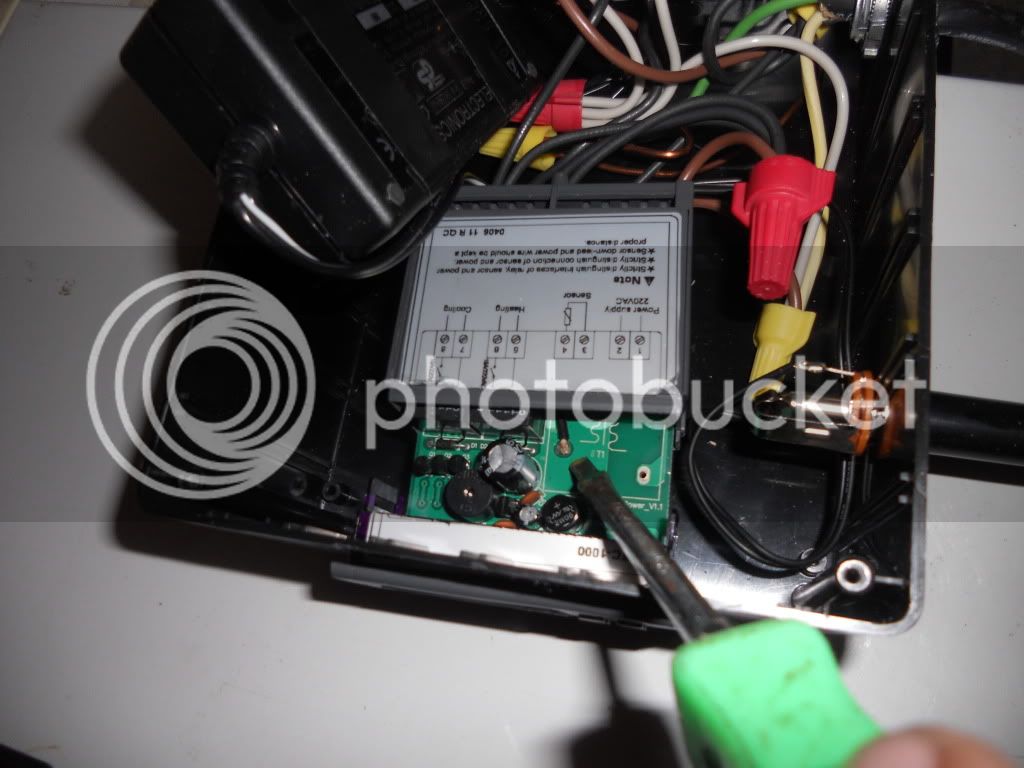Irishwrench
Well-Known Member
Thanks for the offer. I found an old laptop charger that is 110v to 12v 1A. I am going to use that in place of the 220v transformer.
In response to the whole transformer issue. I too purchased the 220V version and decided to run an external transformer as opposed to resoldering one back on to the board. I hoard old electrical devises, a trait passed down from my Dad. I was able to recycle a headphone jack for my NCT temp probe from an old stereo, a 14/3 cord from an old microwave, and a 110V to 12V 1A power pack from an old laptop. I desoldered the 220V transformer from the board of Ebay controller and soldered the wires out of the laptop charger to the board on the output side of old tranformer. I have had this running in the garage for 6 weeks now and it is working well. I also scored the freezer for free!
















































![Craft A Brew - Safale S-04 Dry Yeast - Fermentis - English Ale Dry Yeast - For English and American Ales and Hard Apple Ciders - Ingredients for Home Brewing - Beer Making Supplies - [1 Pack]](https://m.media-amazon.com/images/I/41fVGNh6JfL._SL500_.jpg)













